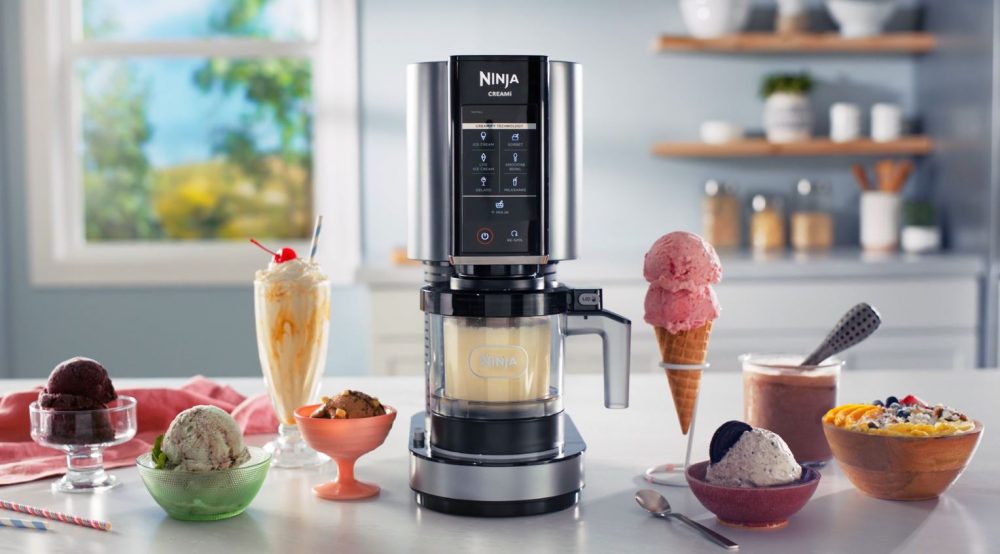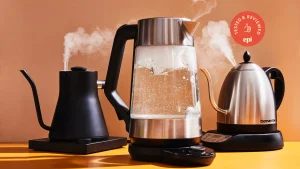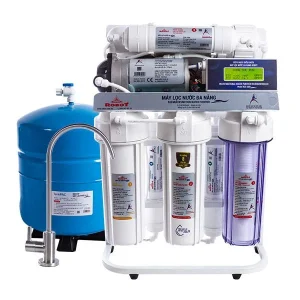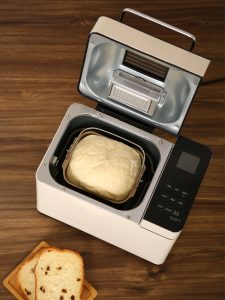Ice Cream Maker: What It Is, How It Works, Applications, and Safe Usage Tips

An ice cream maker is an essential kitchen appliance for those who love to make their own ice cream at home. With the ability to experiment with flavors and textures, ice cream makers offer the perfect tool for ice cream enthusiasts. In this article, we’ll explore what an ice cream maker is, how it works, its common uses, and how to use it safely.
1. What Is an Ice Cream Maker? (Introduction, Common Types, and Uses)
An ice cream maker is a device that allows you to create ice cream, sorbet, gelato, and other frozen treats at home. By mixing ingredients and freezing them in a controlled manner, an ice cream maker helps create smooth and creamy frozen desserts. This appliance is especially popular among those who prefer homemade, customizable treats.
Common Types of Ice Cream Makers:
- Manual Ice Cream Makers: These require some level of effort to churn the mixture by hand, which makes them ideal for those who prefer a hands-on approach. They are typically more affordable and easy to use but require more time and effort.
- Electric Ice Cream Makers: These are powered by electricity and feature an automatic churning mechanism, making the ice cream-making process faster and more convenient. Many models come with built-in freezing bowls or external compressors for faster freezing.
- Ice and Salt Models: These are classic models that use ice and salt to lower the temperature in the canister, allowing the ice cream to freeze while it’s being churned. They typically require more space and are more suited for larger batches.
Uses of Ice Cream Makers:
- Homemade Ice Cream: The primary use of an ice cream maker is to make ice cream at home, enabling you to create personalized flavors and control the ingredients.
- Frozen Yogurt and Sorbet: Ice cream makers can also be used to create frozen yogurt or sorbet, providing a healthier alternative to traditional ice cream.
- Gelato: For those who prefer a denser and creamier frozen dessert, an ice cream maker can also help in making gelato, a popular Italian variation of ice cream.
2. How Does an Ice Cream Maker Work? (Principle of Operation and Key Components)
An ice cream maker works by freezing and churning a mixture of ingredients (such as cream, milk, sugar, and flavorings) to create a smooth, creamy texture. The process prevents large ice crystals from forming, giving the ice cream its desirable texture.
Key Components of an Ice Cream Maker:
- Freezer Bowl: Most modern ice cream makers come with a removable freezer bowl that needs to be pre-frozen. This bowl is essential for the freezing process, as it chills the mixture as it churns.
- Churning Mechanism: The churning blade or paddle is responsible for mixing the ingredients as they freeze. This is key to achieving the smooth, creamy texture that is characteristic of ice cream.
- Motor: In electric models, the motor drives the churning mechanism, allowing the process to be automatic and hands-off.
- Cooling System (for compressor models): In higher-end models, especially compressor-based machines, there’s an integrated cooling system that freezes the ice cream mixture without needing to pre-freeze the bowl.
How It Works:
- Prepare the Ice Cream Mixture: First, mix the ingredients for your ice cream, which typically include milk, cream, sugar, and any flavorings you prefer.
- Pre-chill the Bowl (for freezer bowl models): If you’re using a model that requires pre-freezing, place the freezer bowl in the freezer for several hours before use.
- Pour the Mixture into the Machine: Pour the prepared ice cream mixture into the ice cream maker’s bowl.
- Activate the Machine: Once the bowl is filled, turn on the machine. The churning mechanism begins mixing the ingredients, which simultaneously freezes the mixture into a soft-serve consistency.
- Enjoy: Once the ice cream reaches the desired consistency, it can be served immediately as soft serve or stored in the freezer to harden further.
3. Where Is an Ice Cream Maker Used? (Practical Applications)
Ice cream makers are versatile tools that can be used in a variety of settings, from personal use at home to professional kitchens.
Common Applications:
- Home Use: The most popular use for an ice cream maker is at home, allowing individuals and families to make their own ice cream and frozen desserts. It’s a fun activity for parties, gatherings, or family nights.
- Restaurants and Cafes: Some cafes and restaurants with an emphasis on dessert offerings might use ice cream makers to prepare fresh ice cream or gelato on-site.
- Catering Services: For events like weddings, parties, or corporate functions, ice cream makers are used to prepare customized frozen treats for guests.
- Food Trucks: Mobile dessert vendors often use ice cream makers to serve fresh, hand-made ice cream at festivals, markets, and other events.
4. How to Use an Ice Cream Maker Safely (Safety Guidelines and Key Considerations)
Using an ice cream maker is a straightforward process, but there are important safety considerations to keep in mind to ensure the appliance works properly and safely.
Safety Tips for Using an Ice Cream Maker:
- Read the Manual: Always read the user manual that comes with the ice cream maker to understand the specific functions and safety guidelines of the model you own.
- Avoid Overfilling: Ensure you do not overfill the bowl with the ice cream mixture, as this could cause overflow or prevent the churning mechanism from working effectively.
- Proper Pre-freezing: If your ice cream maker requires pre-freezing of the freezer bowl, ensure it’s frozen for at least 24 hours before use. A partially frozen bowl can affect the texture of the ice cream.
- Clean the Parts: After each use, make sure to clean all removable parts thoroughly to prevent any dairy or sugar buildup, which can lead to bacterial growth or machine malfunction.
- Monitor the Machine: If using an electric ice cream maker, keep an eye on the machine during the churning process. If you notice any unusual noise or behavior, turn it off immediately to prevent damage.
- Avoid Hot Ingredients: When preparing your ice cream mixture, avoid using hot ingredients directly in the machine. Allow the mixture to cool down to room temperature before pouring it into the bowl.
Conclusion
An ice cream maker is an excellent appliance for those who love homemade frozen treats. By understanding how it works, where it can be used, and the necessary safety guidelines, you can enjoy creating delicious ice creams, gelatos, sorbets, and more. Whether you’re using it for family fun, personal enjoyment, or professional applications, an ice cream maker gives you complete control over the flavors and textures of your frozen desserts.







